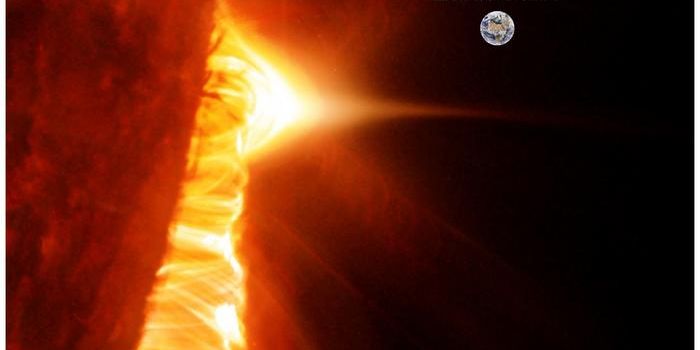Ceres: King of the Asteroid Belt
Fans of the show The Expanse will undoubtedly know about Ceres Station, with its six million inhabitants, artificial gravity, extensive tube train network, and the hundreds of ships docked there on any given day. While this might be the case a few hundred years from now, today the dwarf planet Ceres is a large spherical rock orbiting in the asteroid belt with a semi-major axis (average distance) of 257 million miles (414 million kilometers) from the Sun.
Being the largest object in the asteroid belt, it’s no coincidence that Ceres was the first asteroid belt object to be discovered when Giuseppe Piazzi spotted it in 1801. Ceres is named for the Roman goddess of corn and harvests, and the word “cereal” comes from the same name. Ceres is classified as a dwarf planet, having this designation since 2006. While it comprises 25% of the total mass of the asteroid belt, the dwarf planet Pluto is still 14 times more massive. As noted, Ceres is a dwarf planet like Pluto, and it received this designation in 2006 by the International Astronomical Union, which also resulted in the demotion of Pluto from full-fledged planet to dwarf planet.
Ceres was studied extensively by the Dawn spacecraft from 2015 to 2018, becoming the first spacecraft to orbit a dwarf planet. During its mission, Dawn discovered that Ceres possibly formed much farther from the Sun than where the dwarf planet currently resides today. The spacecraft found ammonia on the surface of Ceres, which requires much colder temperatures—beyond the orbit of Jupiter—to condense.
Ceres is mostly known for its mysterious bright spots imaged by the Dawn spacecraft as it approached the dwarf planet in 2015. Scientists now believe these bright spots are salt deposits leftover from brine, or salt-enriched water, emanating from Ceres’ interior. With no atmosphere, this salt-enriched liquid exposed to space would immediately evaporate, leaving behind a kind of salt crust on the surface. While this might indicate a liquid ocean within Ceres, some experts remain unconvinced.
While the Dawn mission ended in 2018, a proposed mission called the Ceres Polar Lander would send an orbiter-lander combo to Ceres, dropping the lander at its north pole to search for clues about life. The mission would use the same kind of soft-landing techniques NASA has used to land spacecraft on Mars.
As always, keep doing science & keep looking up!
Sources: The Expanse Wiki, Dictionary.com, NASA Solar System Exploration (1), NASA JPL, Britannica, NASA Solar System Exploration (2), EarthSky, Scientific American, NASA, Space.com








